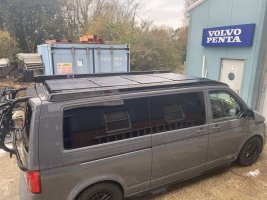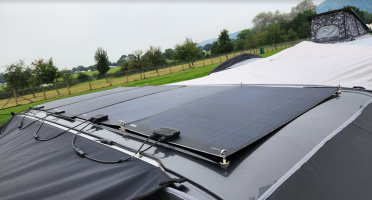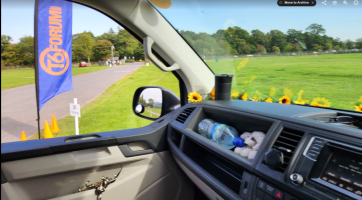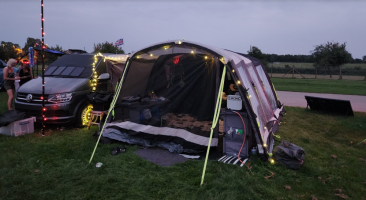Wondering if anyone has any experience with this….
I have a recently replaced 110ah leisure battery and run the usual things (led spots lights, phone chargers, 12v fridge) when off-grid. I get about 12-13v when fully charged and this will give me about 12-hours with above mentioned items running. After that, it starts to struggle to run the fridge etc and it won’t power on. I also have a Sealey 1500w inverter and this will shut down due to “low voltage”, when under load of 1kw travel kettle or a toaster. The battery voltage drops right down to 9-10v when under load and refuses to do anything‘significant’
I am wondering Is this expected performance and how I can improve? Bigger battery? Solar panel? Lower my expectations ??
I was thinking a leisure battery would give me decent performance for about 3-days, but that’s not the case with mine. Interested to hear about other’s performance with their respective setups.
Cheers
I have a recently replaced 110ah leisure battery and run the usual things (led spots lights, phone chargers, 12v fridge) when off-grid. I get about 12-13v when fully charged and this will give me about 12-hours with above mentioned items running. After that, it starts to struggle to run the fridge etc and it won’t power on. I also have a Sealey 1500w inverter and this will shut down due to “low voltage”, when under load of 1kw travel kettle or a toaster. The battery voltage drops right down to 9-10v when under load and refuses to do anything‘significant’
I am wondering Is this expected performance and how I can improve? Bigger battery? Solar panel? Lower my expectations ??
I was thinking a leisure battery would give me decent performance for about 3-days, but that’s not the case with mine. Interested to hear about other’s performance with their respective setups.
Cheers






